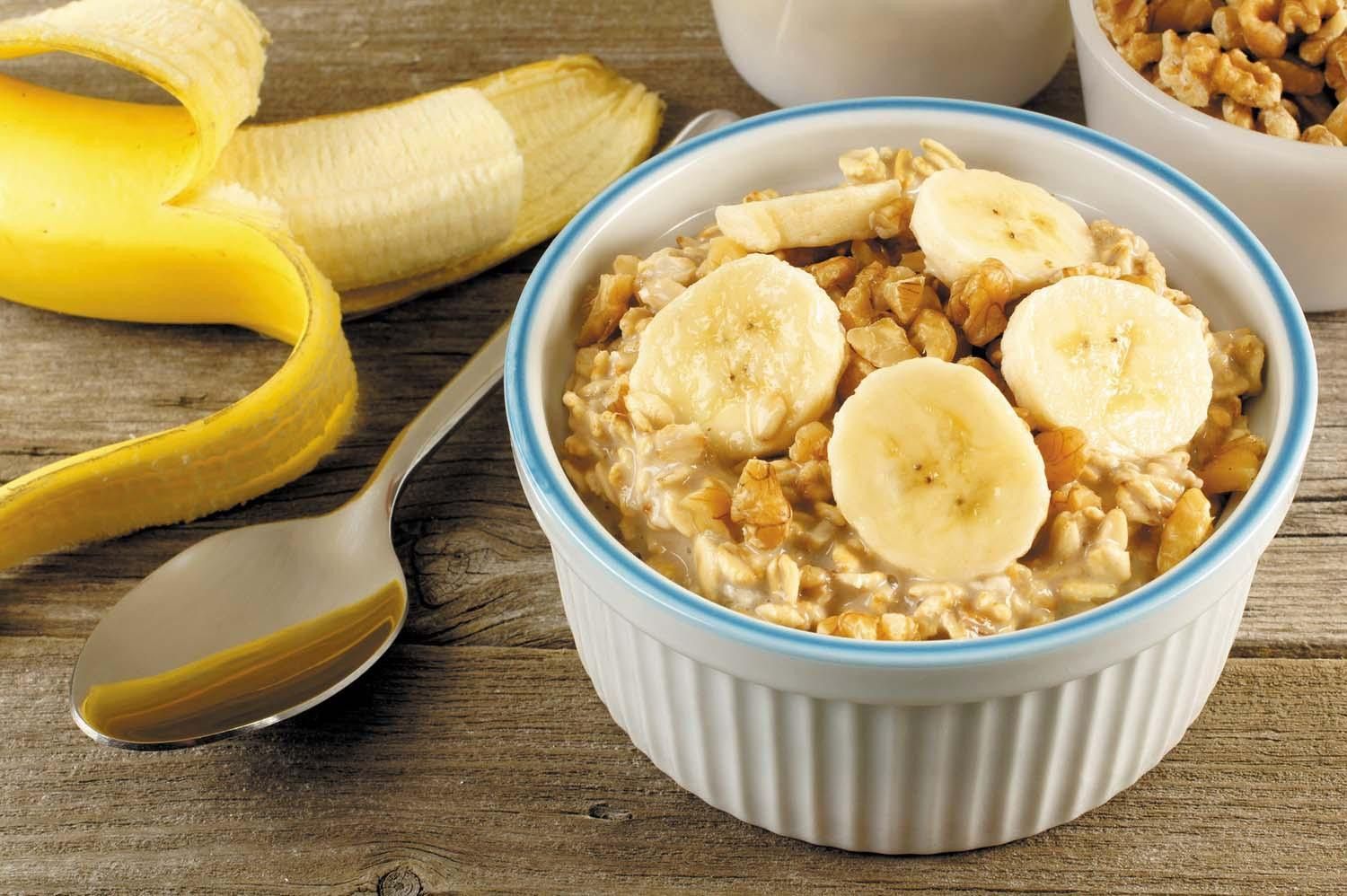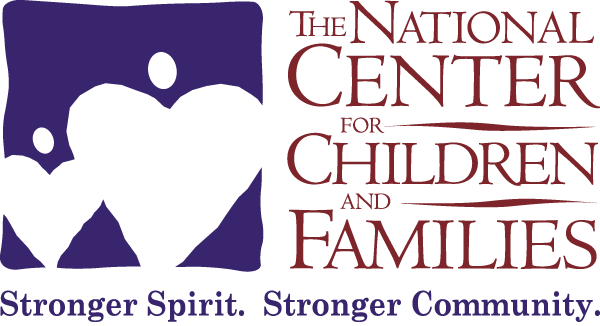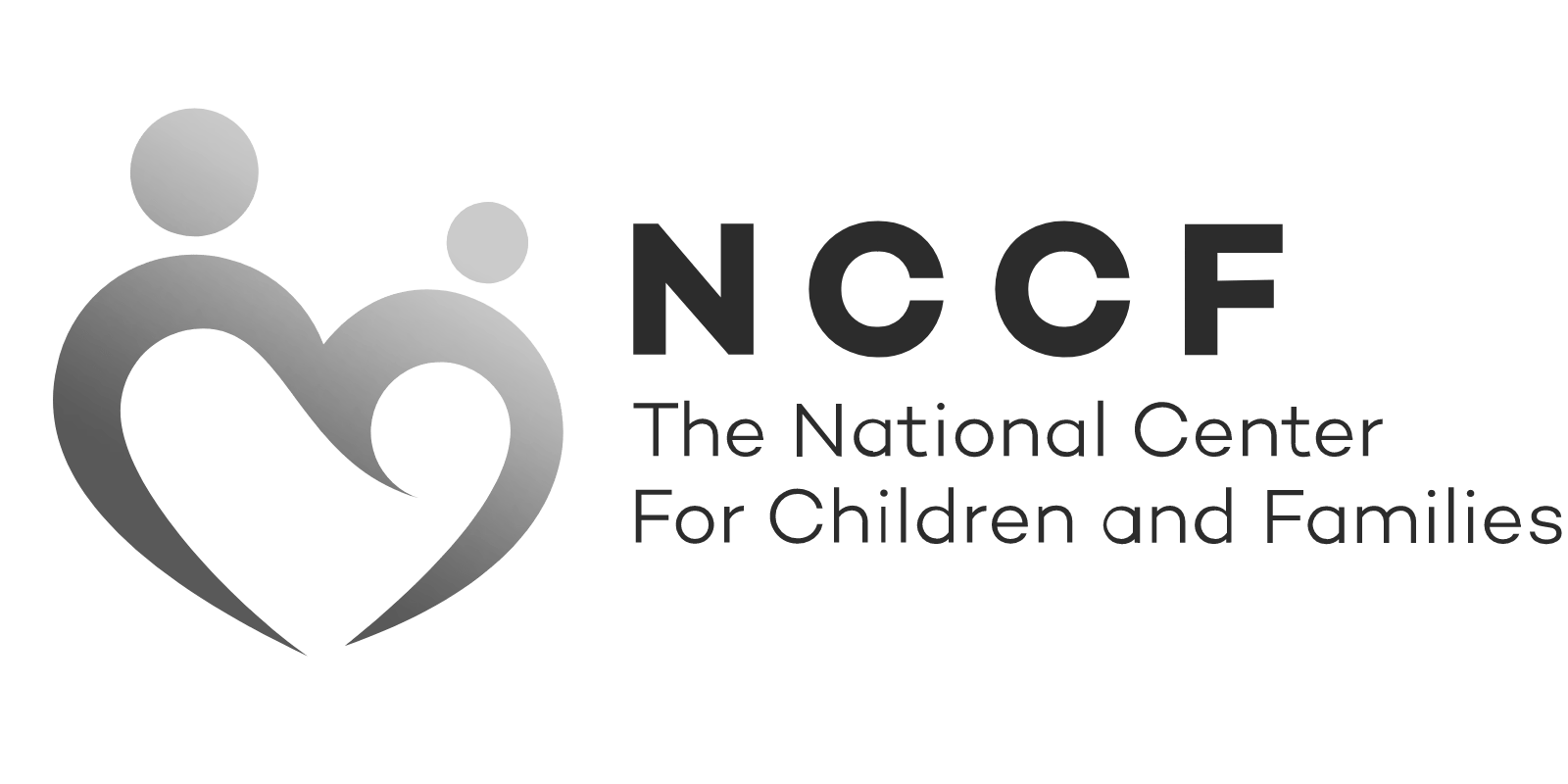7 Easy Tips for Losing Body Fat
Exercise and fitness offer numerous advantages, including better sleep, improved mood, and a healthier heart. Many people also prioritize working out to reduce their body fat.
Here are some guidelines to help you lose your body fat in the comfort of your own home.
1. Get Your Steps In—Walking is a great form of physical activity that's free, low-risk, and accessible to most people. You can get your daily steps in
anywhere. On good weather days, you can also get some much-needed fresh air.
Including more walking into your day can help you burn more calories and lose weight.
2. Try Intermittent Fasting
- Intermittent fasting is often a weight loss intervention. Fasting for short periods helps people eat fewer calories, which may result in weight loss over time.
It's important to point out that intermittent fasting is not for everyone, specifically those at risk for eating disorders or during pregnancy. Before trying intermittent fasting, consult your physician to ensure you follow the best plan for you and your goals.
3. Start Lifting Weights—Lifting weights can build up our muscles. But by changing the inner workings of cells, weight training may also be beneficial for losing weight.
You can balance weight training to target multiple muscle groups or work on specific body parts as part of a whole-body workout. This may give you more balance, a lean appearance, and help with body composition.
4. Start to Run -
Running is an excellent weight-loss exercise. It burns many calories, helps you continue to burn calories after a workout, helps suppress appetite, and targets harmful belly fat.
Running has many other benefits for your health, including a lower risk of heart disease, reduced blood sugar, lower cataract risk, lower fall risk, stronger knees, and less knee pain.
If you find it difficult to motivate yourself to run, try finding a running partner or changing routines frequently to add variety to your workout.
5. Focus on high-intensity interval training, also known as “HIIT”.
This type of exercise involves
short bursts of intense movement followed by a period of lower-intensity training. The benefit of HIIT is that it can be any activity that increases your heart rate, from jumping jacks to stair climbing; it's customizable based on how much room you have and what equipment you have access to.
6. Eating the right foods - healthy foods packed with nutrients, unlike processed foods, typically loaded with fat, sugar, and salt, can make all the difference in your weight loss journey.
Nutritional deficiencies cause cravings for quick-energy-fix foods like candy and chips. By eliminating these, you can put an end to your unhealthy cravings.
Good nutrition also means eating more healthy foods. Whole foods have more nutrients than processed foods, and you can eat more without overeating calories. This means you won't feel unnecessarily hungry, making it easier to stay on track.
7. Get Enough Sleep Every Night -
quality sleep is essential to a healthy weight loss plan. Most importantly, losing sleep while dieting can reduce the amount of weight lost and encourage overeating.
Success in your weight loss journey begins with the commitment to work and follow a plan. Embrace the effort, stay dedicated, and watch as your determination transforms into achievement.
Credit Michelle Honeyager, Valerie Cholet 7 Easy Tips for Losing Body Fat,
https://www.cnet.com/health/fitness/7-easy-tips-for-losing-body-fat/
















